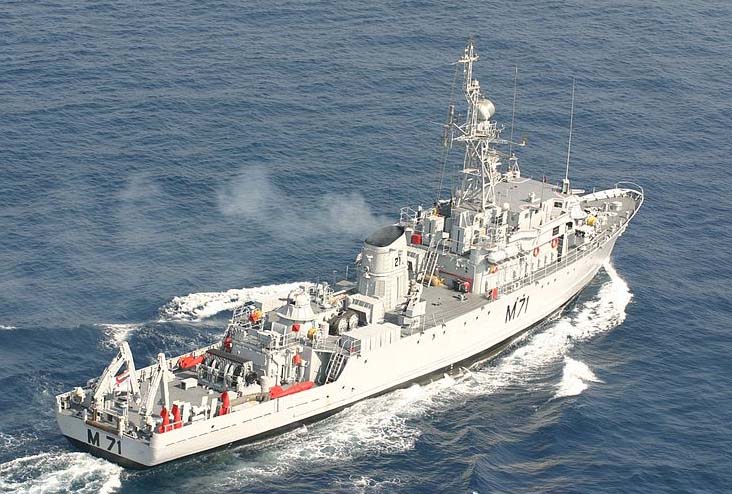The GSLV Mk-III rocket of ISRO.
SRIHARIKOTA (PTI): Inching towards its human space programme, India would test a crew module recovery experiment even as it would study the vehicular performance of its latest Geosynchronous Satellite Launch Vehicle (GSLV - Mark III) from the Satish Dhawan Space Centre between December 15 and 20.
"ISRO would launch its heaviest rocket GSLV-Mark III (LVM 3 X mission) sometime between December 15 and 20. The rocket would also carry a crew module to test its re-entry characteristics," M Y S Prasad, Director, Satish Dhawan Space Centre, told reporters in Sriharikota, Andhra Pradesh.
The launch intends to test the atmospheric characteristics and stability of the updated rocket on its way up and would study the crew module on its re-entry into the atmosphere.
While the rocket would cost Rs 140 crore, the crew module would cost Rs 15 crore, he said.
Elaborating on the updated GSLV Mark III, S Somanath, Project Director, GSLV Mark III, said, "The rocket can carry upto four tonne payload. This is the heaviest rocket India has ever launched. It is 630 tonne at lift off. We would test only the first two stages and not the cryogenic stage."
"The cryogenic engine is under development and it will take two more years to be ready," said Prasad.
Since the Indian Government has not officially approved sending humans into space so far, Prasad said the crew module would not carry any living being and it is only for study purposes.
Explaining the process, Project Director of Crew Module, S Unnikrishnan Nair said after getting separated from the rocket around 126 km, it would be stabilised by thrusters designed on board.
"The three tonne weighing crew module would use four set of parachutes to safely land on the surface of the sea at 7 metre per second. It will land some 180 km from Indira Point of Andaman and Nicobar Islands. From the lift off to the crew module splashing into the sea, it will take around 20 minutes," he said.
The cup cake-shaped crew module is 2.5 metre tall and 3.5 metre in diameter, he said.
The capsule, tentatively designed to carry three astronauts, would be recovered by Indian Coast Guard ships.
A practice of the recovery was done on October 31 with Coast Guard ship ICGS Samudra Paheredar, he added.
 Previous Article
Previous Article Next Article
Next Article













The Indian Air Force, in its flight trials evaluation report submitted before the Defence Ministry l..
view articleAn insight into the Medium Multi-Role Combat Aircraft competition...
view articleSky enthusiasts can now spot the International Space Station (ISS) commanded by Indian-American astr..
view article